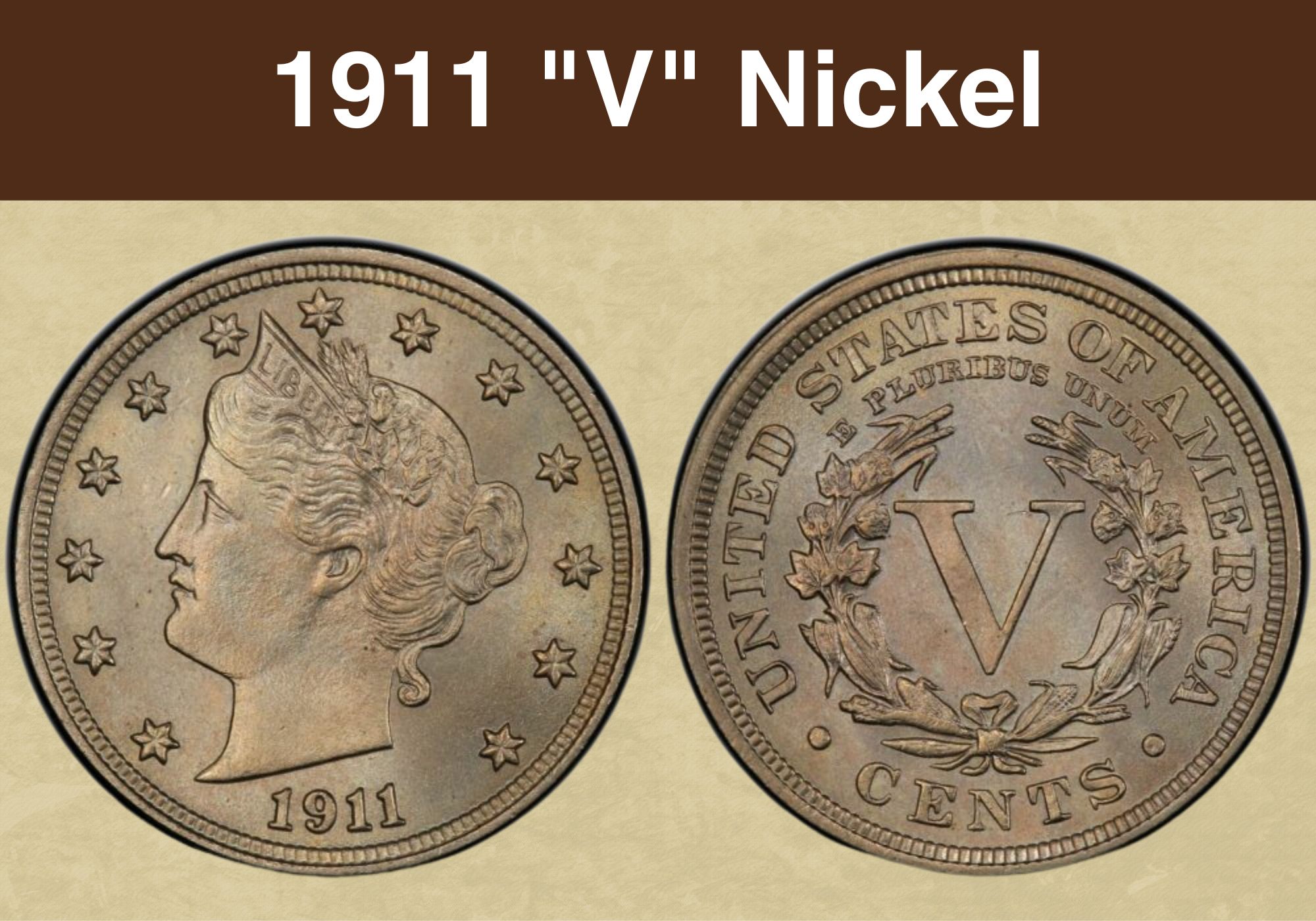
Coin Value Contents Table
The Liberty Head nickel production started in 1883 and lasted until 1912, making pieces struck in 1911 the second to the last in the series. Interestingly, you can still find one of these so-called V-nickels in circulation.
Be prepared that the 1911 nickel value is almost always higher than their denomination. Since there are two types, regular and proof pieces, you can expect them to be worth differently. Besides, their condition and luster play a critical role in the final price. Let’s see.
1911 V nickel value Chart |
|
| Condition | 1911 No Mint mark nickel |
| Good | $2.33 |
| Very good | $3.38 |
| Fine | $4.63 |
| Very fine | $17 |
| Extra fine | $35 |
| AU | $68 |
| MS 60 | $96 |
| MS 63 | $144 |
| PR 63 | $322 |
History of the 1911 V Nickel
Charles E. Barber created Liberty Head nickels, better known as V nickels, because of the sizable V on the reverse. Interestingly, this V is not a letter but represents a Roman number five, despite the common belief. The Philadelphia mint issued the first pieces on January 30, 1883, without the struck denomination.
Even 5.5 million nickels were released into circulation with E PLURIBUS UNUM instead of the CENTS on the bottom rim. Since this design was almost identical to the $5 gold coins’ look, it was quickly recognized as an opportunity for gold-plating and possible counterfeiting.
Therefore, Barber immediately modified the reverse appearance. He placed a Latin motto above the wreath and added the face value, CENTS, below it. Such redesigned coins appeared on June 26, 1883.
1911 V nickel Types |
||
| Location | Year | Minted |
| Philadelphia | 1911 No Mint mark nickels | 39,557,639 |
| Philadelphia | 1911 No Mint mark nickel proofs | 1,733 |
| Total | / | 39,559,372 |
The 1911 V nickel mintage was the highest in the series, and they came only from Philadelphia. Unlike that practice, coins produced in 1912 came from three mints. That makes those from 1911 the last in the series with all No Mint mark specimens.
The situation with V nickels became even more weird in 1913. Even though these coins’ minting ended in 1912, someone struck five specimens the following year. Only five such nickels are known to exist, and they reach millions at auctions.
These unique coins are among the rarest American coinage ever minted, but it is not the only thing that sets them apart from the crowd. Namely, the US Mint never authorized the 1913 V nickels, and there are no any official records of their production.
Also read: Top 10 Most Valuable Nickels Worth Money
Features of the 1911 V Nickel
Officially, the US Mint produced Liberty Head nickels from 1883 to 1912, but at least five coins were unofficially struck in 1913. Charles E. Barber created this coin design with Greco-Roman sculptures in his mind. His idea was to get a functional piece convenient for minting.
The obverse of the 1911 V nickel
The V nickel obverse shows the centrally positioned Lady Liberty. Her profile is turned to the left, so you can effortlessly see her elegant hairstyle decorated with cotton flowers, grape leaves, corn, and wheat stalks. Besides, she wears a crown with an inscription, LIBERTY, along it.
That crown separates six stars struck along the left coin rim from the other seven that stretch behind Liberty’s back. They represent the first 13 colonies. The minting year, 1911, found its place at the bottom.
The reverse of the 1911 V nickel
The reverse of the V nickel is responsible for its nickname. You can see a V, Roman number five, placed in the center, marking the denomination. It is surrounded by a wreath made of wheat stalks, corn cobs, and cotton flowers.
The · UNITED STATES OF AMERICA · CENTS are placed along the coin rim. The unavoidable Latin motto, symbolizing the unity of different States, makes the inner circle along with the wreath.
1911 V nickel Details |
|
| Face value | Five cents ($0.05) |
| Shape | Round |
| Compound | Cupronickel (75%: 25%) |
| Coin thickness | 0.07677 inches (1.95 mm) |
| Coin diameter | 0.83504 inches (21.2 mm) |
| Coin weight | 0.17637 ounces (5 g) |
| Edge | Plain |
Other features of the 1911 V nickel
The 1911 V nickels, better known as Liberty Head coins, are elegant five-cent coinage made of two metals, copper and nickel. They have a plain edge, and you can expect each specimen to be 0.07677 inches (1.95 mm) thick and 0.17637 ounces (5 g) heavy. The standard diameter for this coin type is 0.83504 inches (21.2 mm).
Also read: Top 17 Most Valuable Buffalo Nickel Worth Money
1911 V Nickel Grading
Most collectors, particularly beginners, find coin grading pretty complicated. On the contrary, everybody can roughly assess every coin by following the Sheldon grading scale and instructions described in detail.
However, it is insufficient for rare, old, and valuable coinage since sometimes even the tiniest detail can make a difference. For instance, one microscopic error invisible to the naked eye can bring you thousands of dollars instead of a few expected bucks. That makes professional appraising so vital.
| # | Grade |
|---|---|
| 1 | Basal State-1 |
| 2 | Fair |
| 3 | Very Fair |
| 4, 5, 6 | Good |
| 7, 8, 10 | Very Good |
| 12, 15 | Fine |
| 20, 30 | Very Fine |
| 40 | Extremely Fine |
| 50 | About Uncirculated |
| 60 | Mint State |
| 65 | Mint State |
| 70 | Mint State |
Please check our grading guides to know your coin scale, It’s the necessary step to know the exact value of your coin.
Check out now: How to Grade Liberty Nickel?
1911 V Nickel Value Guides
Only the mint in Philadelphia minted 1911 Liberty Head nickels. Their total mintage was 39,559,372 coins, including both regularly struck pieces and almost 2,000 proofs. Expectedly, all these nickels came without the mint mark, following then-established regulations.
1911 V No Mint mark Nickel Value
The mint in Philadelphia was the only one to produce Liberty Head nickels in 1911. Be prepared to find two types of coins, both without the mint mark – regular pieces and proofs.
Nickels from regular strikes are mostly affordable, thanks to a high mintage of 39,557,639 coins. So, you can find the collectible pieces in the lowest grade for only one dollar. Better-ranked circulated nickels are available at a wide price range from $1.60 to $67.
As for specimens in the mint state, their value significantly varies. The lowest-ranked MS 60 to MS 64 pieces cost $68 to $204, while top-quality ones are worth approximately:
- $335 to $402 for 1911 Liberty Head (V) nickels in MS 65 grade
- $600 to $700 for 1911 Liberty Head (V) nickels in MS 66 grade
Even though these prices seem high, be prepared that the 1911 Liberty Head nickels in MS 67 grade can be worth $6,000 to $8,500. Moreover, the auction record is almost twice as much. One collector bought one of these nickels for $14,688 on September 3, 2015.
1911 V nickel Value (proof)
The Philadelphia mint issued proofs besides regular No Mint mark nickels in 1911. Precisely 1,733 coins were intended for collectors, and numerous are still available on the market. As always, their prices directly depend on the preservation levels and each piece’s desirable features.
Most reputable dealers offer lower-graded coins in PR 50 to PR 58 grades at $90 to $120, while those ranked PR 60 to PR 63 are worth $190 to $288. The best-quality Liberty Head (V) nickel proofs typically cost about:
- $300 to $360 – V nickels ranked PR 64
- $390 to $468 – V nickels ranked PR 65
- $580 to $696 – V nickels ranked PR 66
- $990 to $1,188 – V nickels ranked PR 67
The price of coins ranked PR 68 far exceeds those in the lower grades. Therefore, you can expect to pay approximately $4,300 to $7,000 for one such piece at auctions.
Regardless of the coins’ beauty and quality, the prices achieved on the open market are often surprising. Be aware that they often depend on the participants, their financial means, and the atmosphere created by the most persistent collectors.
Therefore, a simple coin can reach a higher auction record than one perfectly-looking piece with superb luster and deep cameo contrast. Such a thing happened with the best-paid V nickels.
One 1911 PR 67+ V nickel with CAM quality is the most expensive proof from this set ever sold at an auction. One collector paid $9,600 for it in 2018. On the other hand, the DCAM proof in PR 66 grade reached a fantastic $4,700 in 2015.
Also read: Top 17 Most Valuable Jefferson Nickels Worth Money
Rare 1911 V nickel Errors List
The Philadelphia mint was the only source of the 1911 nickels, and all errors appeared when old and worn-out equipment was not replaced on time.
Even though such a situation was unfavorable for the mint, most collectors were thrilled when they found one of these imperfect coins. Therefore, their prices could be significantly higher than for regular pieces.
Lamination error
When the nickel’s print fails to laminate fully because of contamination of the metal alloy, its surface starts cracking or flaking. Since this error is pretty common among V nickels, such an imperfect piece can cost $8 to $55. However, a few specimens are assessed at $135.
Doubled die lamination error
Sometimes, one coin comes with combined errors. In this case, you can see a doubling on the V nickel date mixed with cracking, a consequence of lamination. Such a coin can reach about $90 at auctions.
Broad strike error
The V nickels with this type of error appear when the collar die breaks and metal spills out outside its boundaries. The produced coin has an atypically broad diameter and flattened edge, plus it is thinner than a standard.
Clipped planchet error
The V nickel minted on a cut planchet comes without a piece on the edge. The deformity can be of a straight, elliptical, curved, ragged, or incomplete shape, affecting each piece’s value.
Brockage error
This kind of error occurred during V nickel minting. Such a piece got one regular side, while the other had the same image but was impressed as a mirror image. This unusual coin can bring you more money than a regular one, but the exact price depends on numerous factors.
Strike (planchet) error
This error appeared when the mint worker made an error while striking the die on a nickel. The reason could have been its misaligning or incorrectly placing.
Such coins cost more than regular ones, but the price depends on each piece’s appearance and quality. Every error made to cover a previous defect during minting resulted in a collectible coin that could be worth $20 to $50.
Also read: 14 Most Valuable Nickel Errors Worth Money
Where to Sell Your 1911 V Nickel ?
Now that you know the value of your coins, do you know where to sell those coins online easily? Don’t worry, I’ve compiled a list of these sites, including their introduction, pros, and cons.
Check out now: Best Places To Sell Coins Online (Pros & Cons)
FAQ about the 1911 V Nickel
What makes a 1911 V nickel (Liberty Head) rare?
None of the 1911 V nickels are as rare as those minted in 1913. However, you can expect these old coins in the highest grades to be rare, making them collectible.
Which 1911 V nickel (Liberty Head) is worth a lot of money?
- The most expensive regular coin in the set is the 1911 MS 67 V nickel (Liberty Head), sold at $14,688 (Legend Rare Coin Auctions organized on September 3, 2015)
- The most expensive regular CAM proof in the set is the 1911 PR 67+ V nickel (Liberty Head), sold at $9,600 (Heritage Auctions organized on April 29, 2018)
- The most expensive regular proof in the set is the 1911 PR 67+ V nickel (Liberty Head), sold at $6,169 (Legend Rare Coin Auctions organized on June 27, 2019)
- The most expensive regular DCAM proof in the set is the 1911 PR 66 DCAM V nickel (Liberty Head), sold at $4,700 (Heritage Auctions organized on April 26, 2015)
How much is the 1911 Liberty Head No Mint mark nickel worth?
You can find the 1911 Liberty Head nickels from regular strikes without much effort nowadays, but their condition is something else. Those in the lowest grades are affordable, with a price range from $1 to $67.
On the other hand, you should set aside up to $700 for most uncirculated coins. Be prepared that those in MS 67 grade are estimated at $6,000 to $8,500.
What is the costliest V nickel (Liberty Head) nickel?
Believe it or not, one of the coins from this series is worth $4,560,000. One collector paid this fantastic sum for the scarce 1913 PR 66 Liberty nickel in 2018.
The next costliest coin (1910 D PR 68 CAM nickel) reached ‘only’ $84,000 on June 17, 2018, while the most expensive error is the 1883 PR 67+ No CENTS DCAM nickel. Its price at Legend Rare Coin Auctions held in 2021 was $49,937.50.

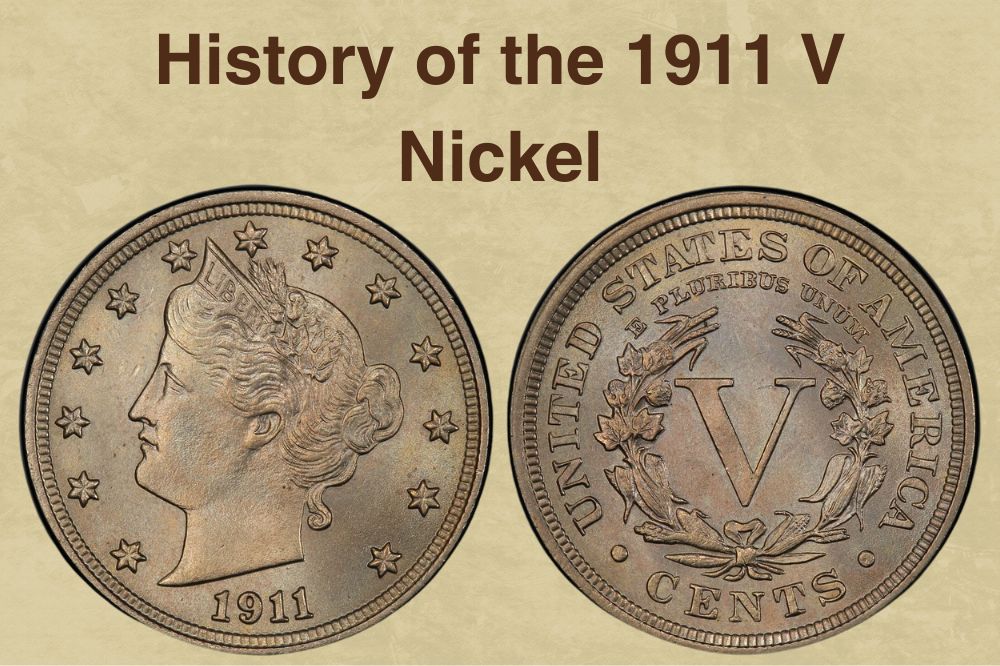
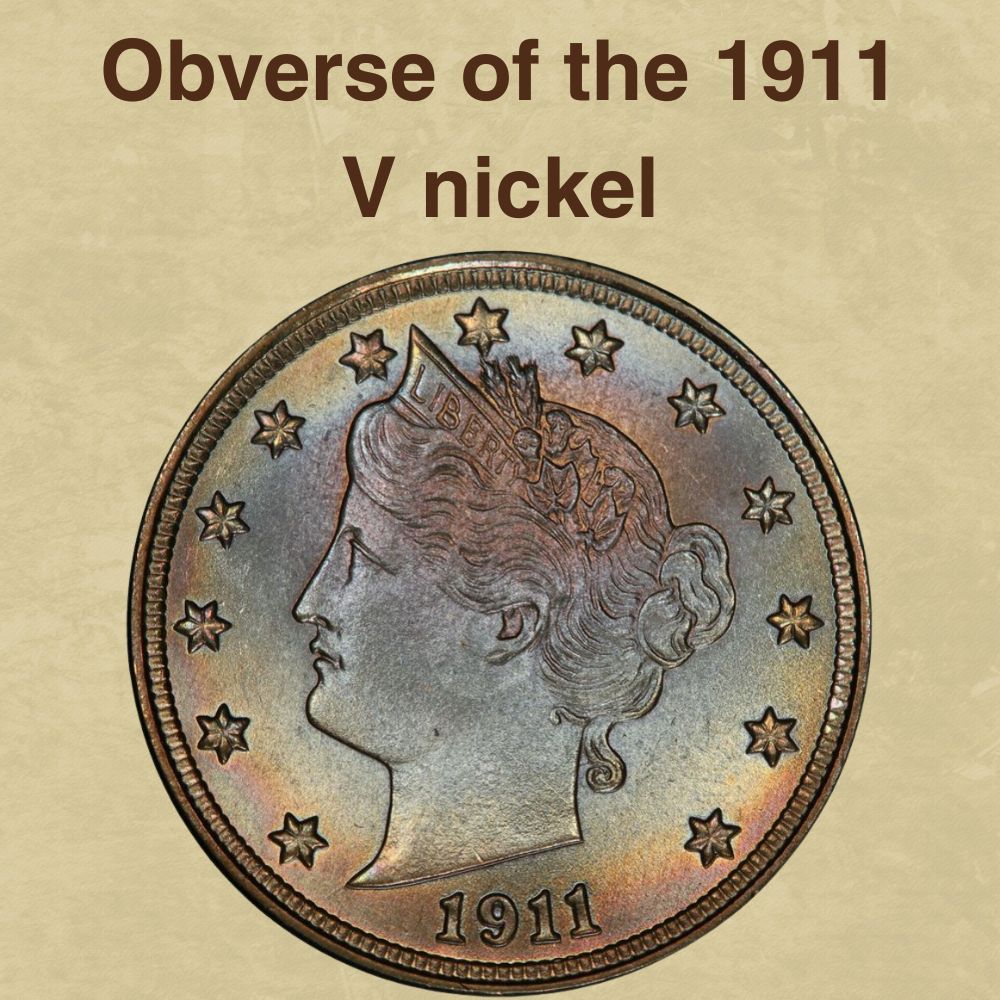
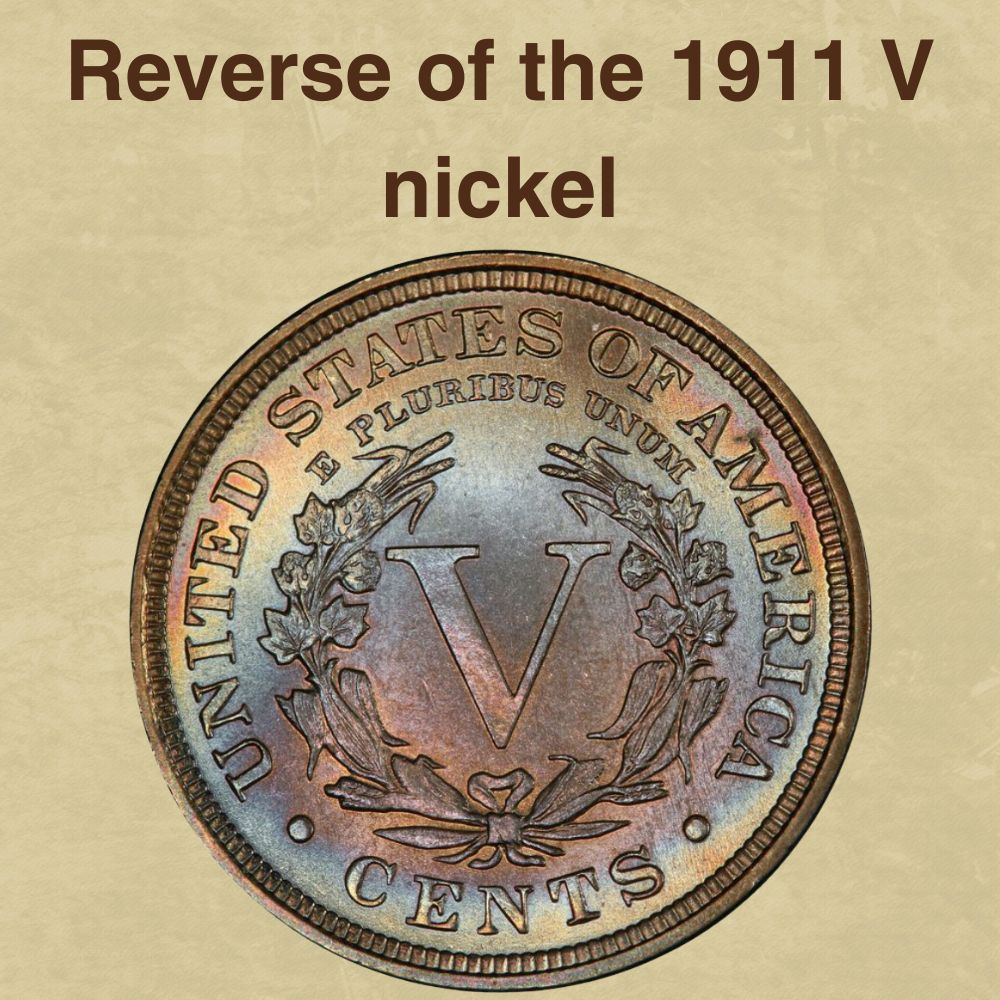
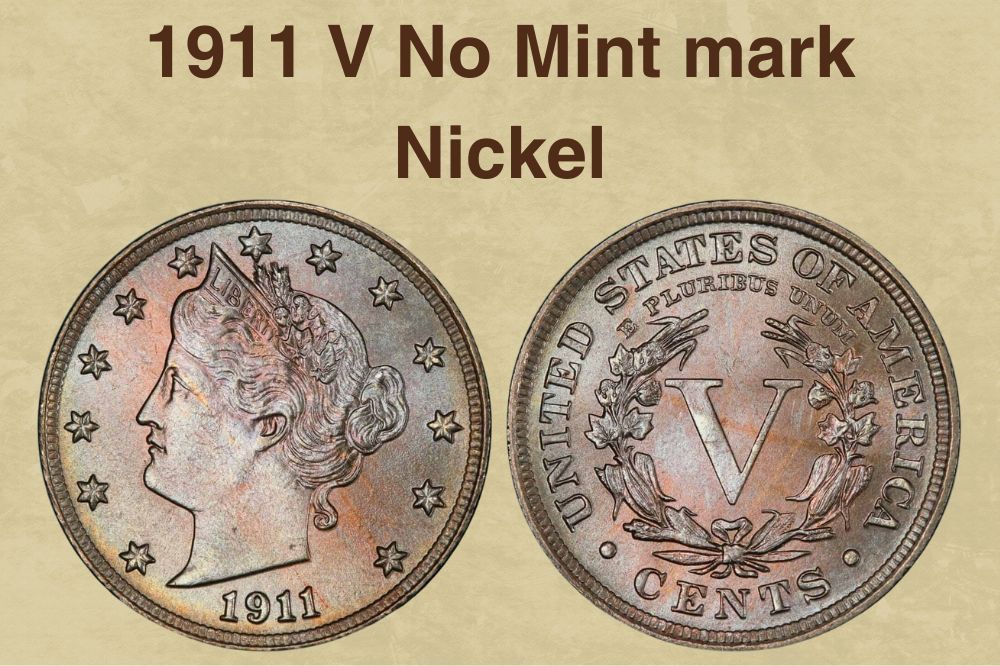
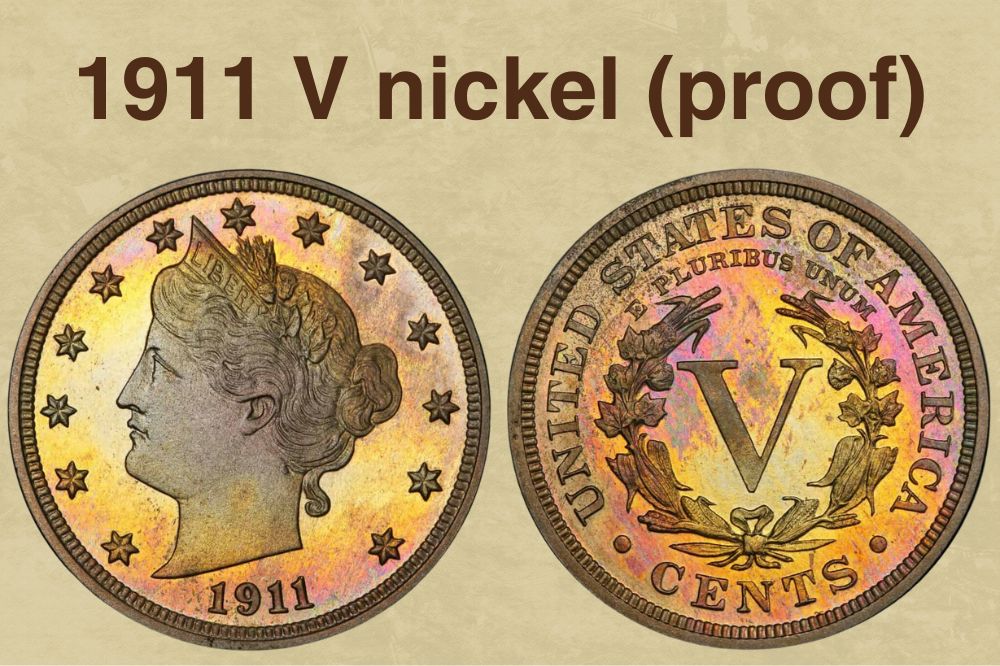
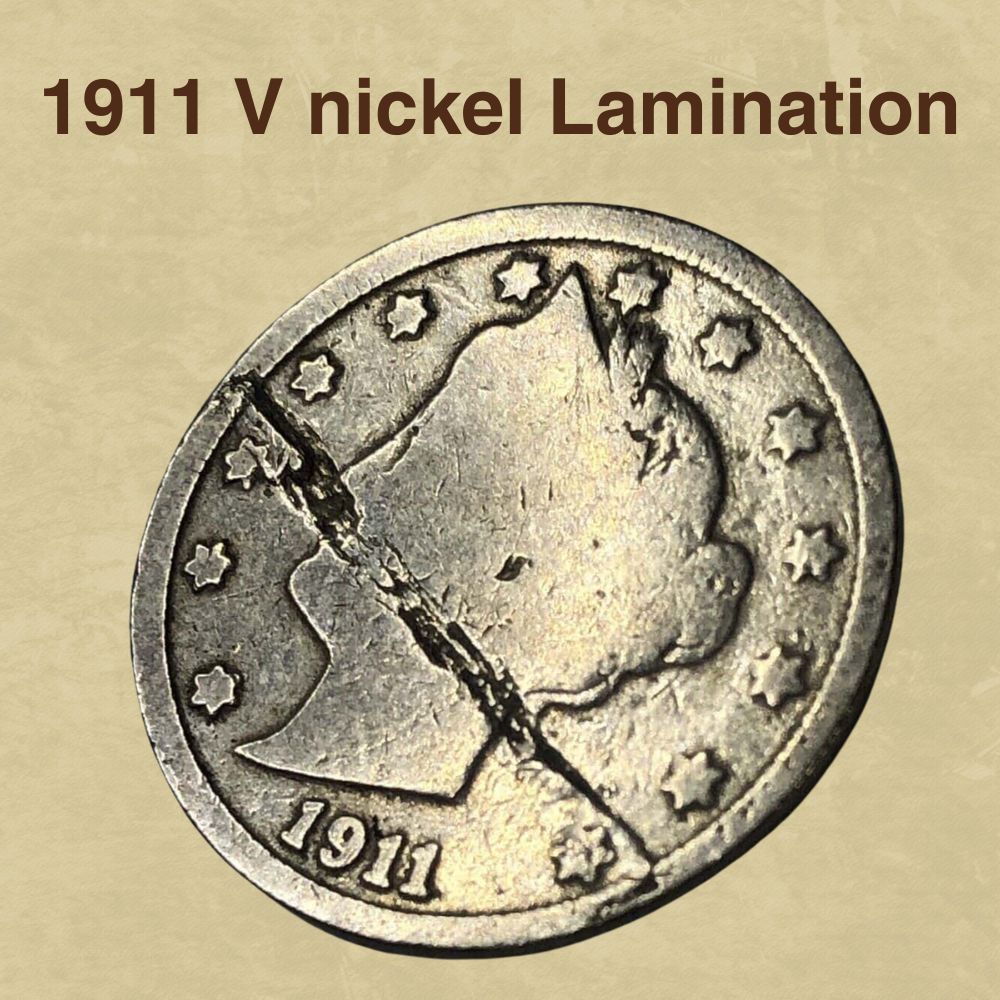
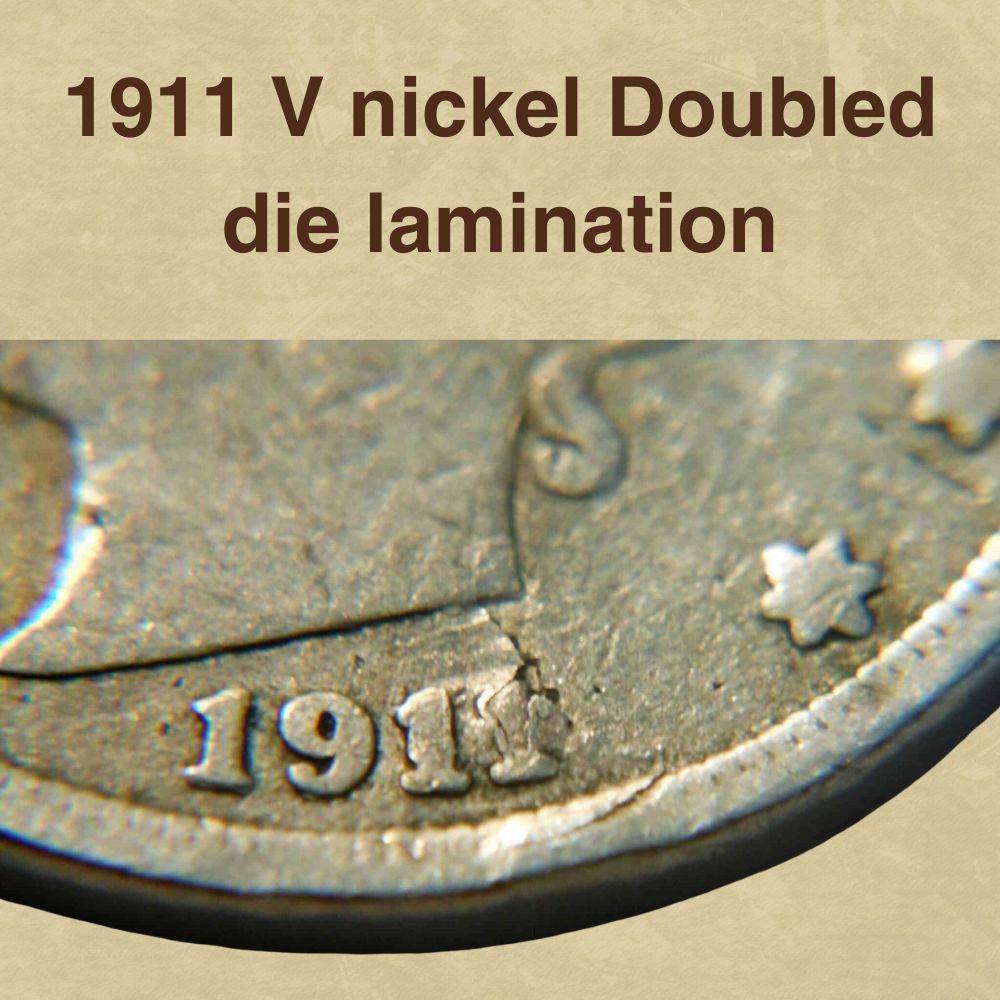
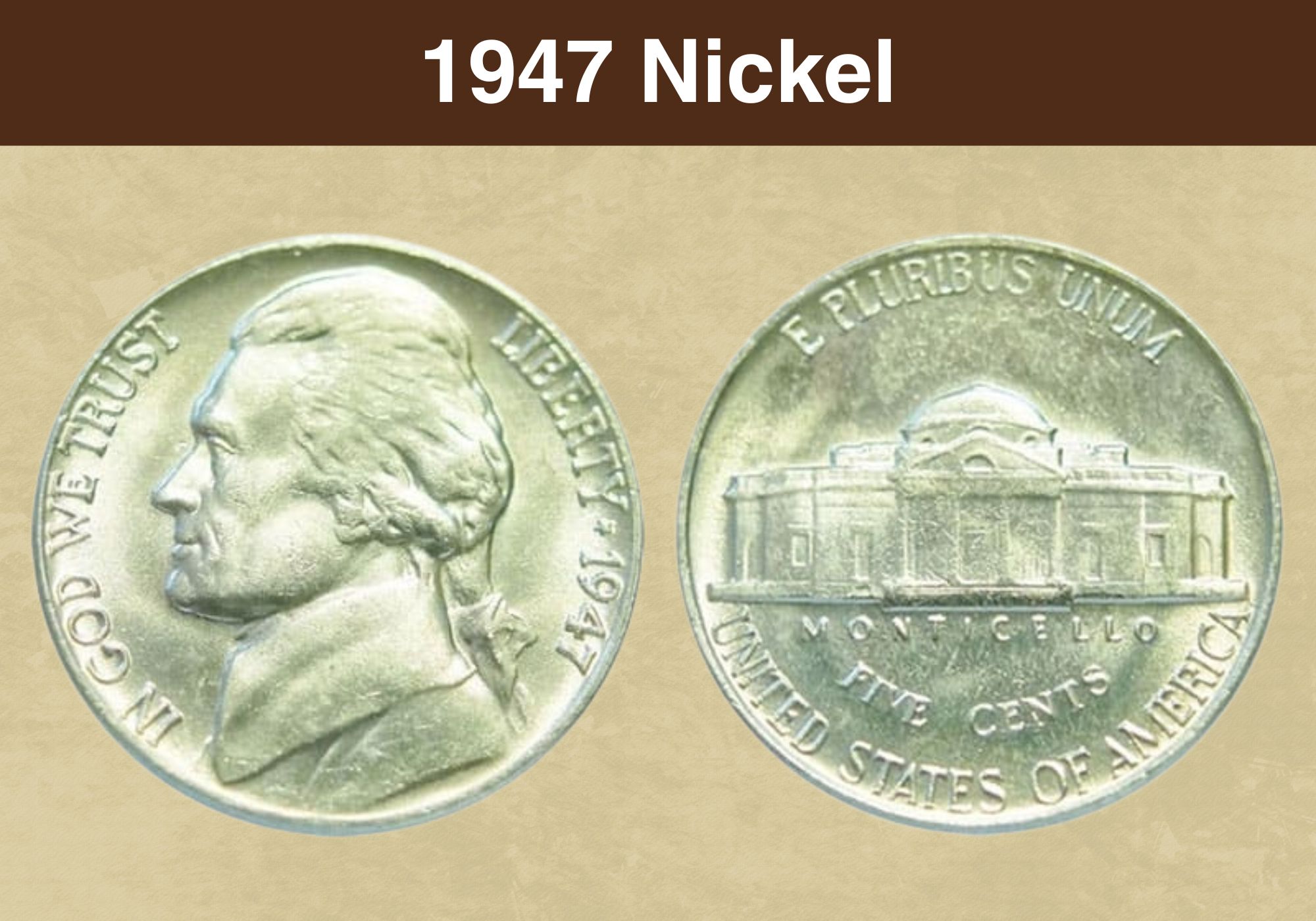
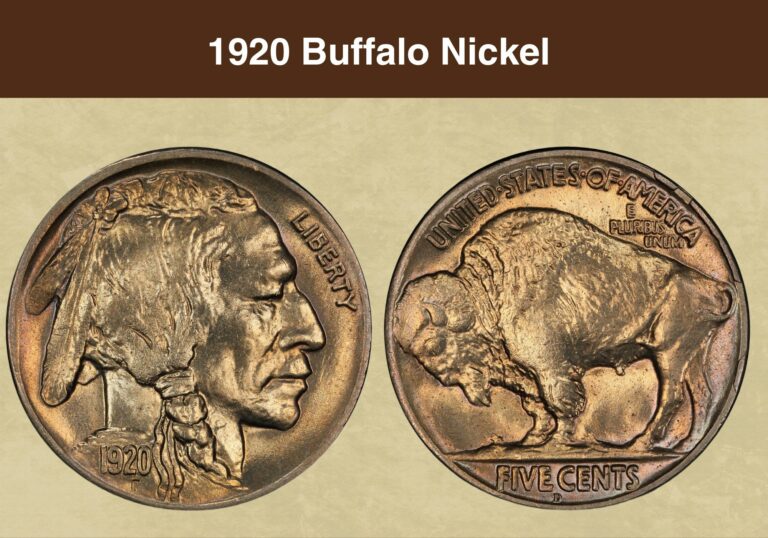
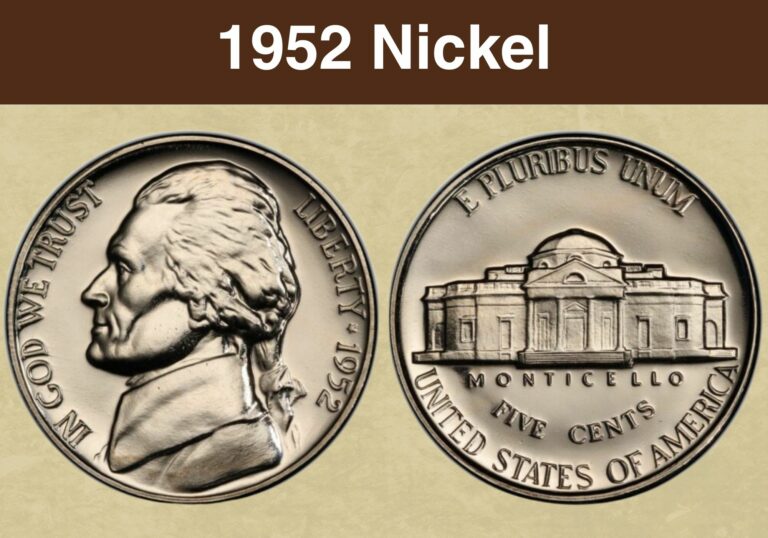
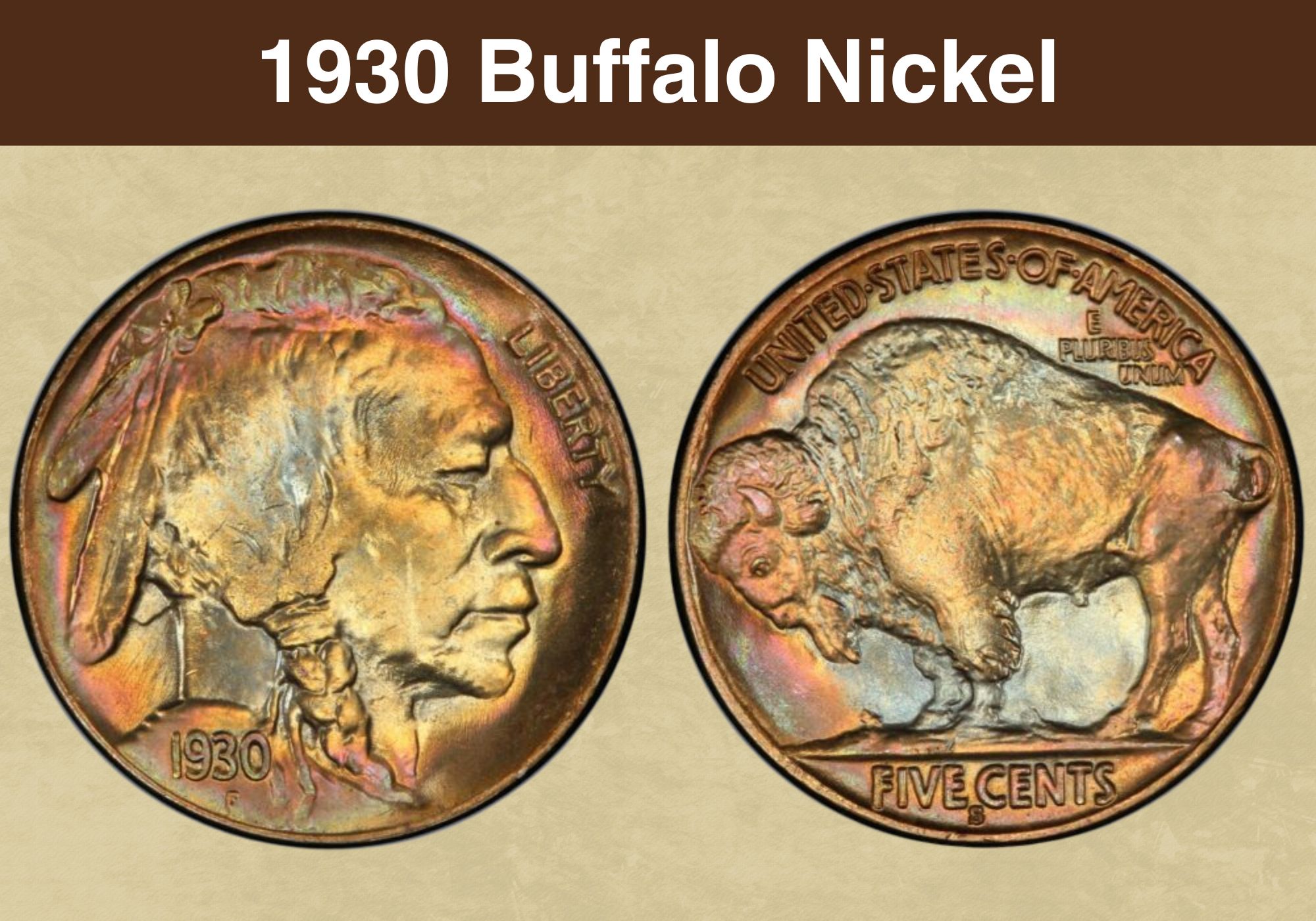
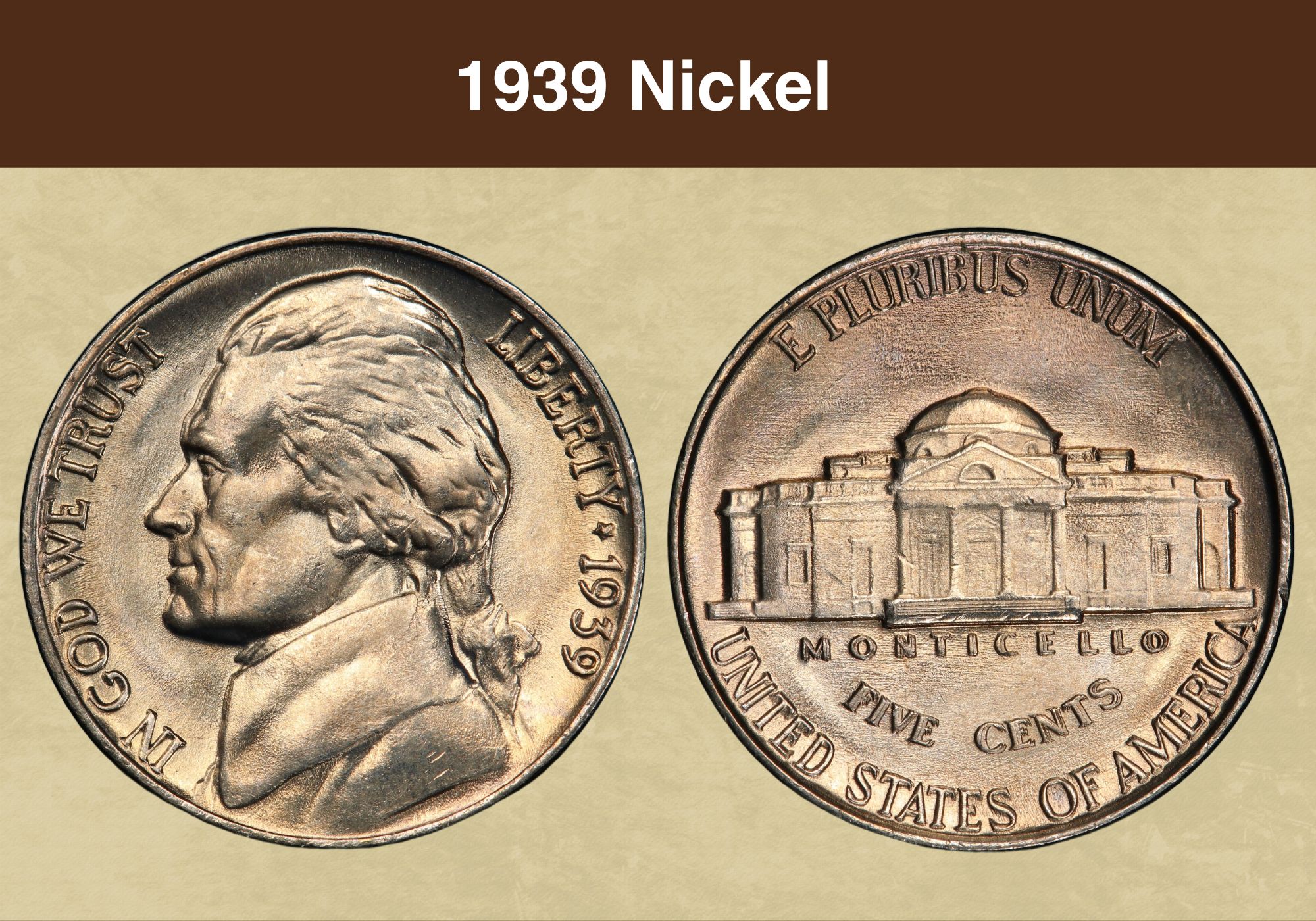
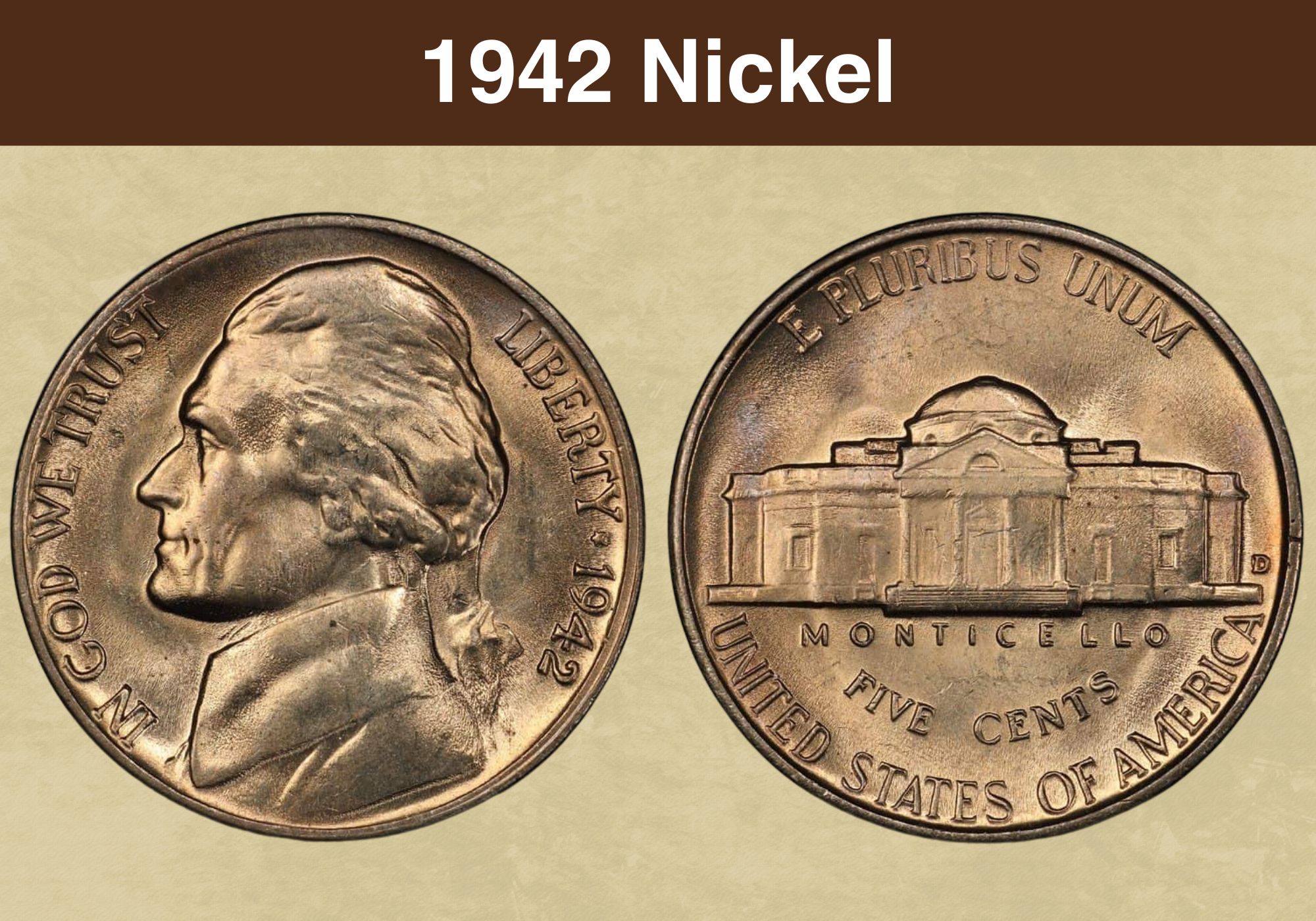
I have a Liberty V 1911 missing the C in Cents. What is it’s value?
Why does my 1911 v nickel gold on the inside of rim on its reverse side